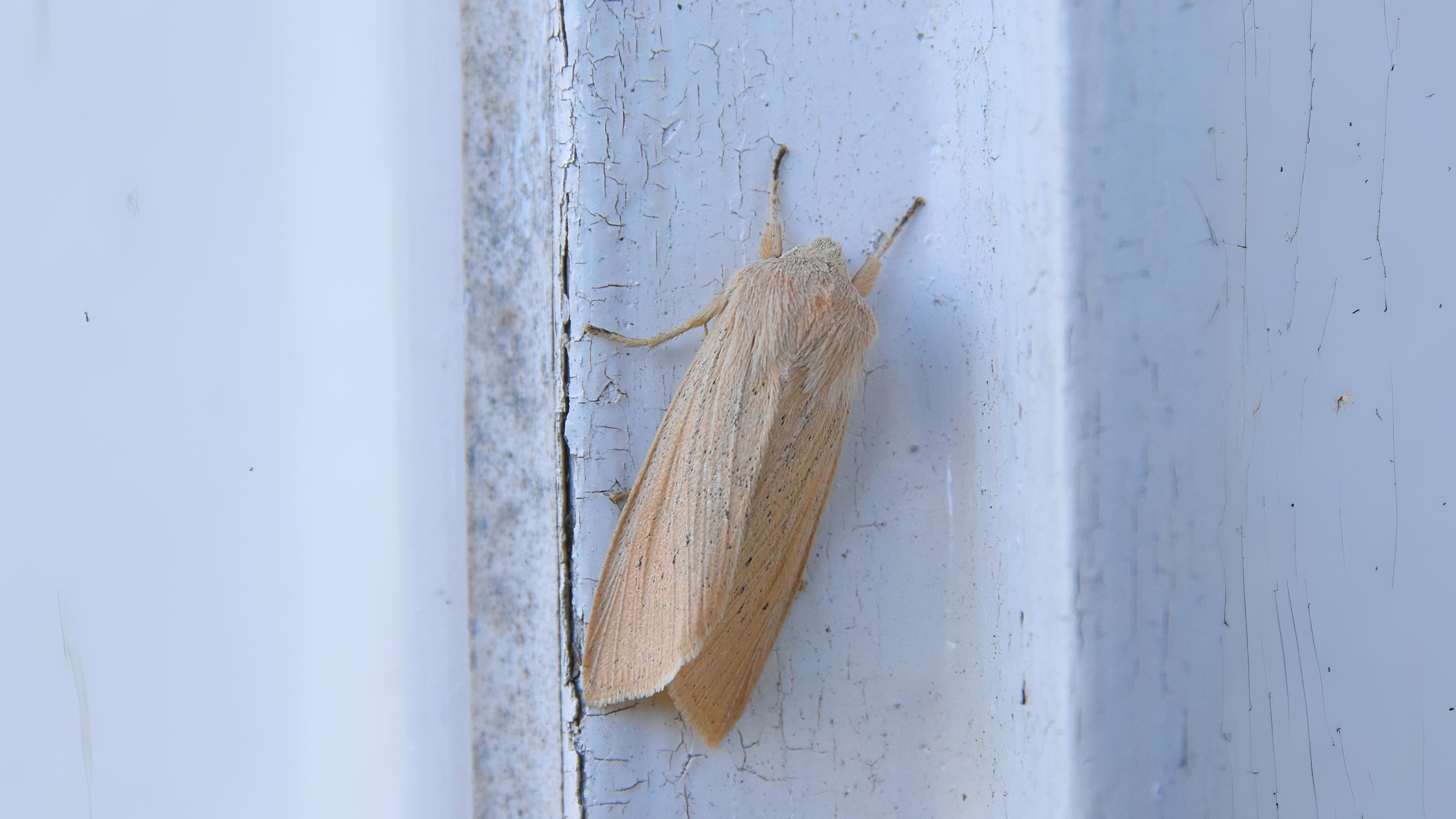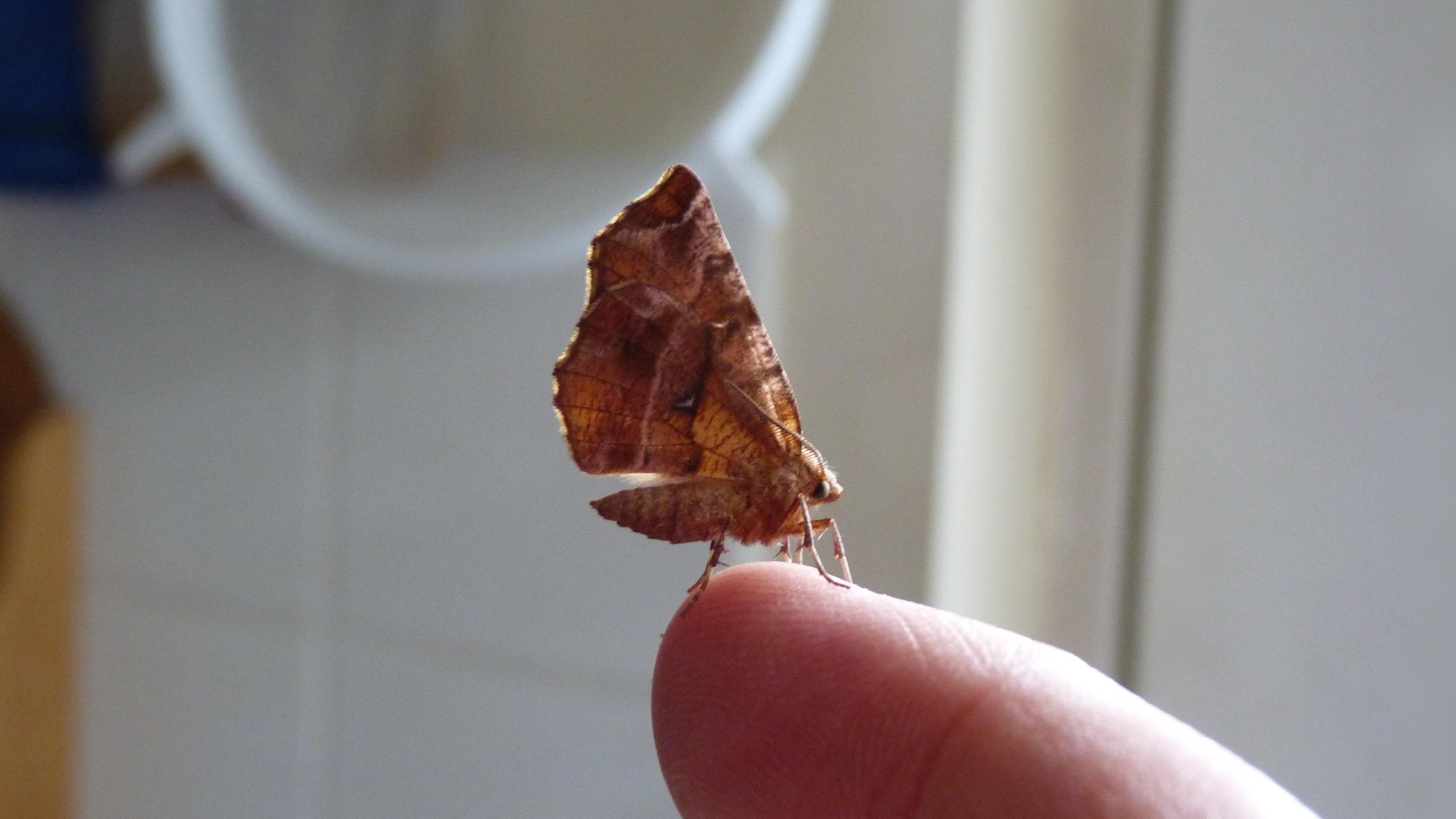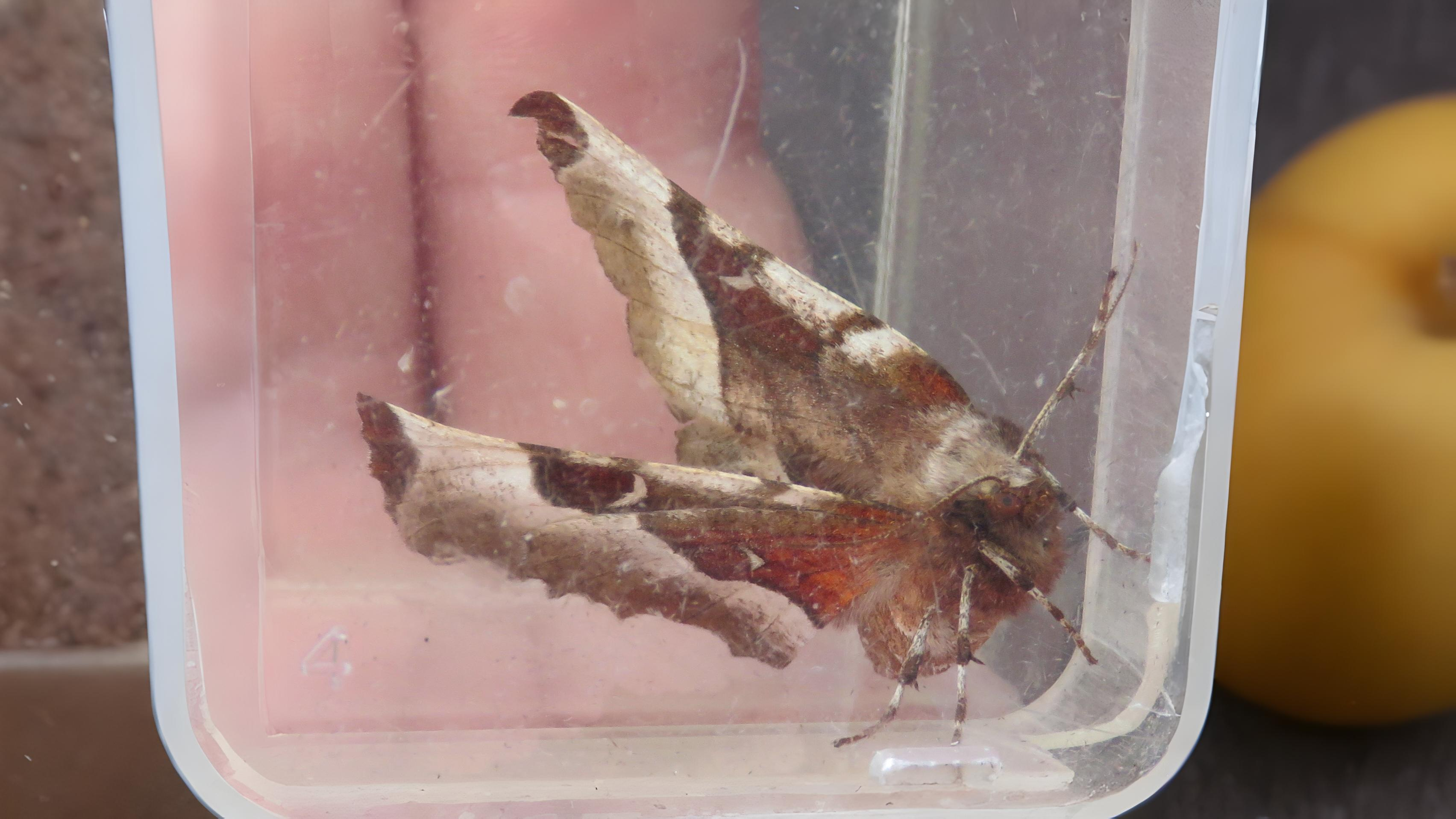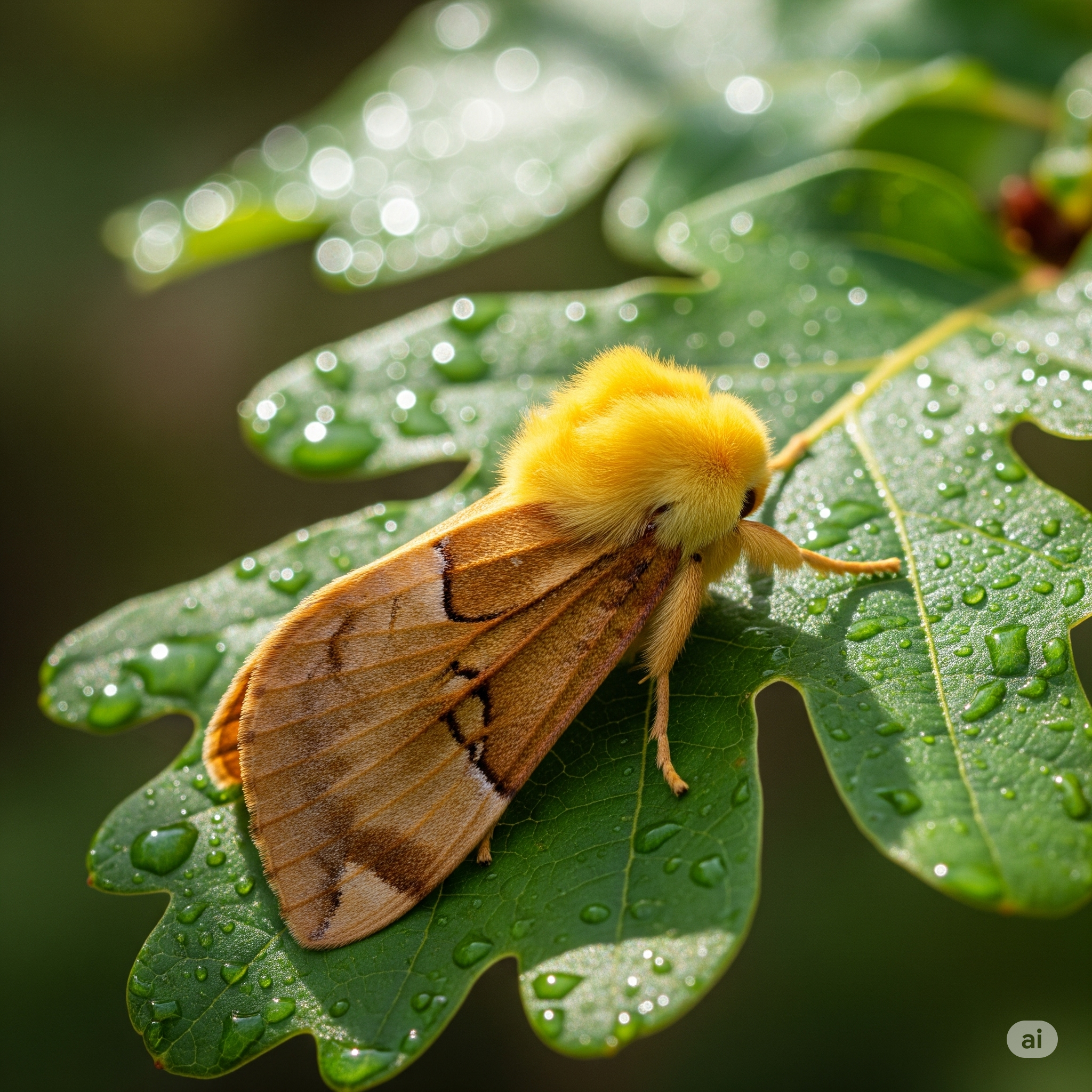
Beyond the garden light, London's wilder habitats are teeming with a new cast of moths this August. The wastelands and marshes along the Thames host species like the straw-coloured wainscots, perfectly adapted to a life among the reeds. In woodlands, a different group emerges: the thorns, masters of disguise who rest like shrivelled leaves, revealing rich colours only upon closer inspection. From the striking Canary-shouldered Thorn to the cleverly camouflaged Chinese Character moth, there is a hidden world of intricate beauty waiting to be discovered.
Return on August 20th to explore the diverse moths of London's marshes, woodlands, and wastelands.
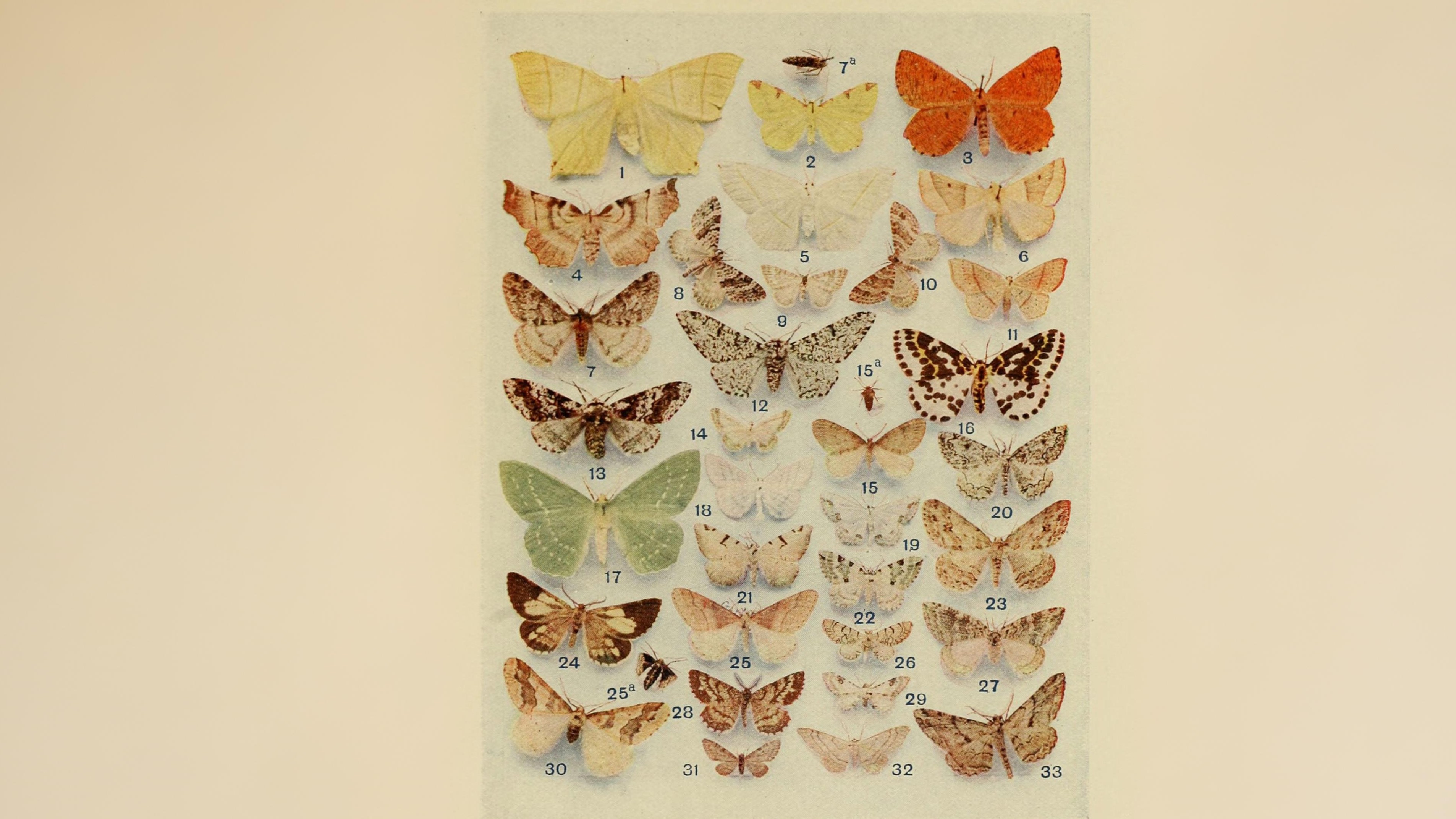



Thorns are larger than most moths, usually with yellow, brown or brick coloured wings and with either distinctly scalloped or jagged edges. When resting they often look like shrivelled leaves. Their preferred food plants are oak and ash which means they tend to be found in those woods, although they do turn up in gardens.
